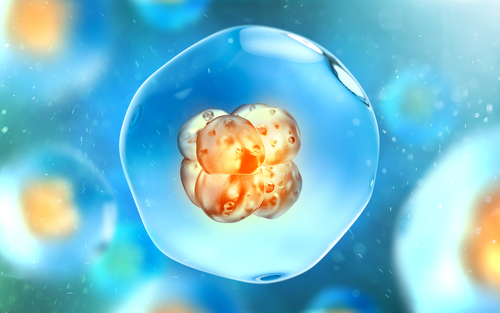Method of Detecting SMN Protein Could Be Used to Assess New SMA Therapies, Study Suggests

A noninvasive method of detecting the presence of the SMN protein in blood samples may become the gold standard for evaluating and monitoring new therapeutic strategies for spinal muscular atrophy (SMA), new research indicates.
The study, “A new biomarker candidate for spinal muscular atrophy: Identification of a peripheral blood cell population capable of monitoring the level of survival motor neuron protein,” was published in the journal PLOS ONE.
SMA, a genetic neuromuscular disorder, is caused by mutations in the survival motor neuron 1 (SMN1) gene, which provides instructions to make the SMN protein.
Biogen’s Spinraza (nusinersen) was the first-ever approved drug for the treatment of SMA in December 2016. Researchers are continuing to make strides toward developing additional therapies for SMA.
With the potential for new therapeutic strategies comes the need to assess the effects of treatment candidates on SMN levels.
SMA patients develop their symptoms due to the destruction of nerve cells that control movement (motor neurons) in the anterior horn of the spinal cord. Unfortunately, the spinal cord cannot be sampled as a method to evaluate therapeutic efficacy. So it is vital to establish a reliable method that can help determine levels of the SMN protein using minimally invasive treatments.
Interested in SMA research? Check out our forums and join the conversation!
Researchers looked at levels of SMN in peripheral blood nuclear cells (PBCs) using a method called imaging flow cytometry.
Flow cytometry is a commonly used technology to analyze the characteristics of cells or particles, as it captures multichannel images of hundreds of thousands of single cells within minutes, allowing researchers to determine the expression of multiple proteins in a small sample of cells.
The team conducted a semi-quantitative analysis of SMN protein using the imaging flow cytometry method in 1.5 mL of peripheral blood from subjects recruited at the Tokyo Women’s Medical University (TWMU) in Japan.
Twenty-five individuals with SMA, ranging in age from about 2 months to 60 years, were enrolled at the Institute of Medical Genetics at TWMU. Infant control subjects were selected from among patients without genetic disorders, and adult control subjects were randomly selected from volunteers without apparent diseases.
Researchers found that three specific subsets of PBCs — CD3+, CD19+, and CD33++ —had significantly reduced levels of SMN protein in SMA patients compared to controls. CD3+, CD19+, and CD33++ cells are PBCs that express the proteins CD3, CD19, and CD33, respectively, on their cell surface.
Using imaging flow cytometry analysis, researchers also found that SMN protein appears as dispersed and dotted staining images in both the cell cytoplasm and nucleus. The cytoplasm comprises the gel-like substance enclosed within the cell membrane, called cytosol, along with the cell’s internal sub-structures. The nucleus is where most genetic information is “stored.”
The spots were clearly recognizable in CD33++ cells. The intensity of these spots was significantly reduced in patients with SMA compared to controls, providing additional evidence that CD33++ cells may be used to validate the levels of SMN protein.
Interestingly, researchers showed protein spots actually co-localized with another group of proteins known as the Smith core proteins. As SMN has been shown to function as part of a protein complex that includes the Smith core proteins, in addition to others, these spots “may form functional complexes in CD33++cells,” researchers wrote.
“To our knowledge, our results are the first to demonstrate the presence of functional SMN protein in freshly isolated peripheral blood cells,” they wrote.
“We have developed a method allowing the evaluation of the functional SMN protein in PBCs using imaging flow cytometry,” they added.
The researchers believe that spot analysis can become the primary endpoint assay for the evaluation and monitoring of therapeutic intervention, “with SMN serving as a reliable biomarker of therapeutic efficacy in SMA patients.”







